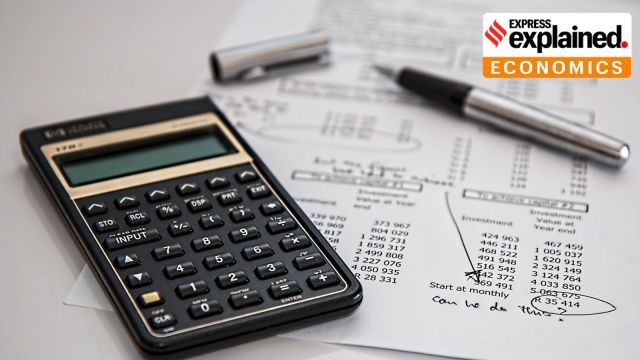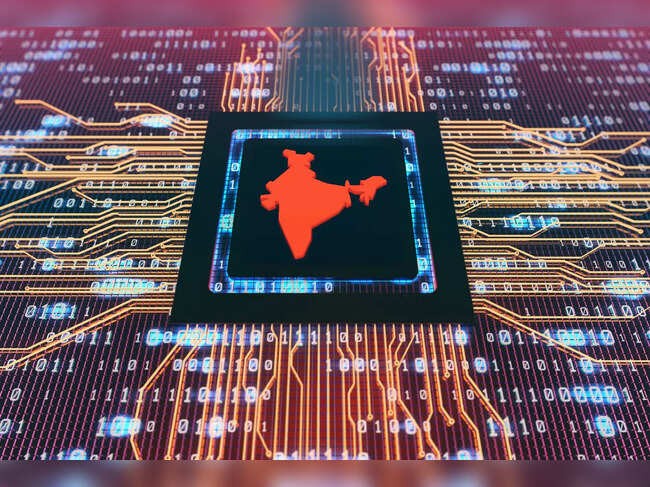



The PM E-Drive scheme, launched in 2024 with ₹10,900 crore, promotes EV adoption by installing 72,000 charging stations by 2025-26 and offering subsidies for electric vehicles. Coordinated by BHEL via a super app, it boosts green jobs, local manufacturing, and supports India’s net-zero emissions goal by 2070.

Copyright infringement not intended
Picture Courtesy: NDTV
The Union Minister for Heavy Industries chaired an inter-ministerial coordination meeting to review and expedite the implementation of electric vehicle (EV) charging infrastructure under the PM E-Drive scheme.
The PM E-DRIVE (PM Electric Drive Revolution in Innovative Vehicle Enhancement) scheme was launched in 2024 under the Ministry of Heavy Industries, to promote green mobility and develop an electric vehicle (EV) manufacturing ecosystem in India. The scheme has a financial outlay of ₹10,900 crore over two years (2024-2026).
It allocates Rs. 2,000 crore to install 72,000 public EV charging stations nationwide by the end of the financial year 2025-26. These stations target high-traffic areas like national highways, metro cities, airports, railway stations, toll plazas, and fuel outlets.
It provides subsidies for buying electric vehicles, including two-wheelers, three-wheelers, buses, and trucks. This makes EVs more affordable for people and businesses. It supports the creation of green jobs and boosts local manufacturing under the “Make in India” initiative, to strengthen India’s position in the global EV market.
Bharat Heavy Electricals (BHEL)’s Role:
Green Jobs: The scheme creates jobs in manufacturing, tech, and maintenance.
Make in India: Boost local production of EVs, batteries, and chargers.
Carbon Reduction: Help India meet its climate goals (like net-zero emissions by 2070) by cutting pollution from petrol/diesel vehicles.
Must Read Articles:
Government launches PM E-Drive scheme
Automakers Under CAFE Regulations
Source:
|
PRACTICE QUESTION Q. Urban areas are better positioned to adopt electric vehicles (EVs) due to shorter commutes and better infrastructure, while rural areas lag behind. Evaluate the social divide created by this disparity. 150 words |









© 2026 iasgyan. All right reserved